What grows after five years or more of planting, can be processed into everything from jam to a delicious crumble, and is almost pest-free? It's rhubarb! Rhubarb (Rheum rhabarbarum) is one of the earliest fruits you can grow in the year. Botanically speaking, rhubarb is a vegetable, but it's often used as a fruit because of its refreshing flavor and its use in sweet dishes. Only the stems are edible; the leaves are inedible and even poisonous. Growing rhubarb isn't difficult at all. Rhubarb is delicious in crumble or jam, for example.
In this article I will tell you about the different methods you can use to grow your own rhubarb and give you tips on how to take good care of it .

There are several ways to grow rhubarb
There are several ways to grow rhubarb. You can start rhubarb from seed, divide it and replant it, or start it from a seedling or tuber from our webshop. Growing rhubarb from a tuber or existing plant is, of course, the fastest way, but the most pride comes from sowing your own rhubarb plant.
Growing rhubarb from seed
Rhubarb can be grown from seed, but this requires much more time and patience compared to planting a rhubarb plant or rootstock.
Start sowing indoors from March to May, about 8 to 10 weeks before the last frost (Ice Saints Day, approximately May 15th). This gives your seedling plenty of time to grow into a strong plant before you need to transplant it.

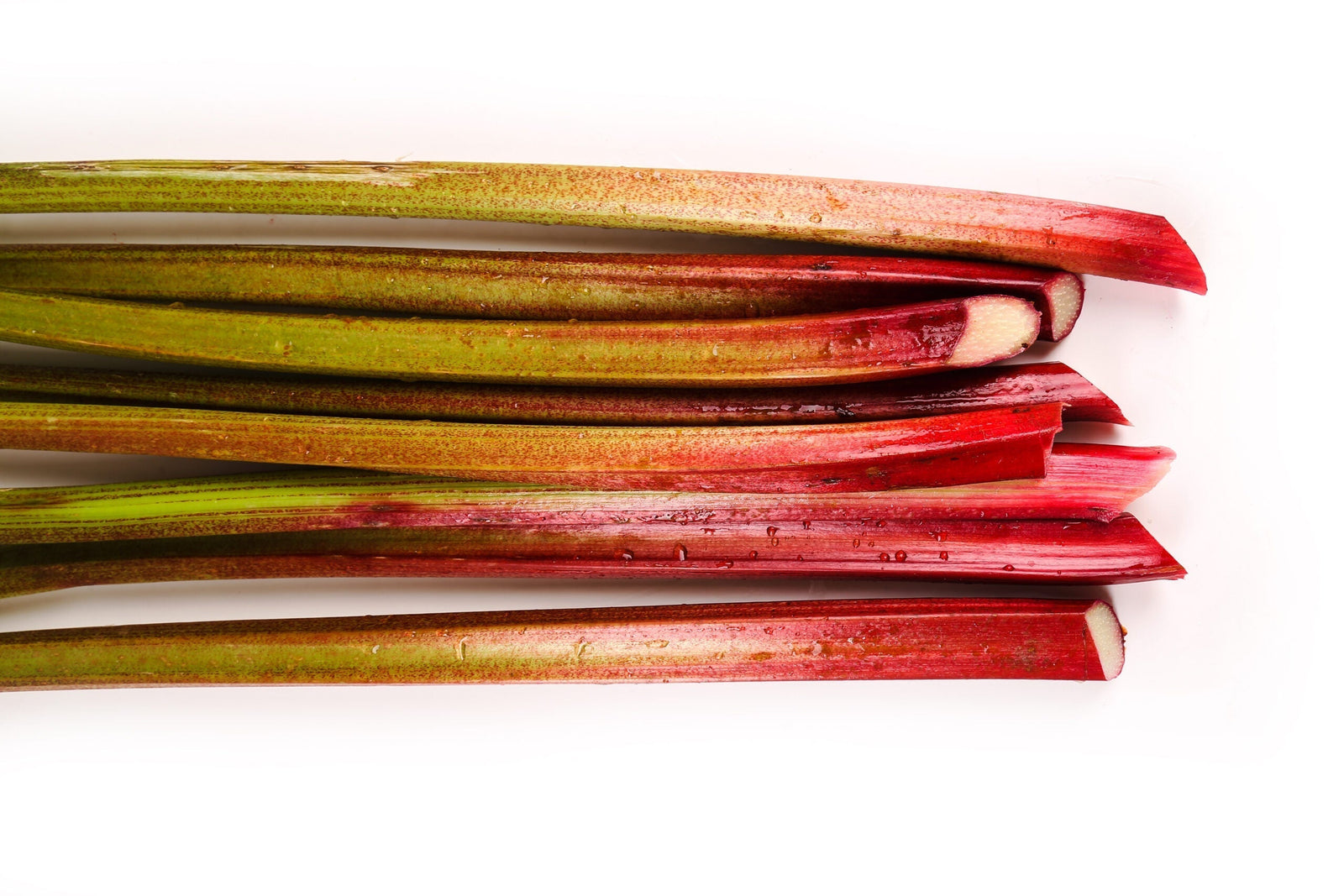
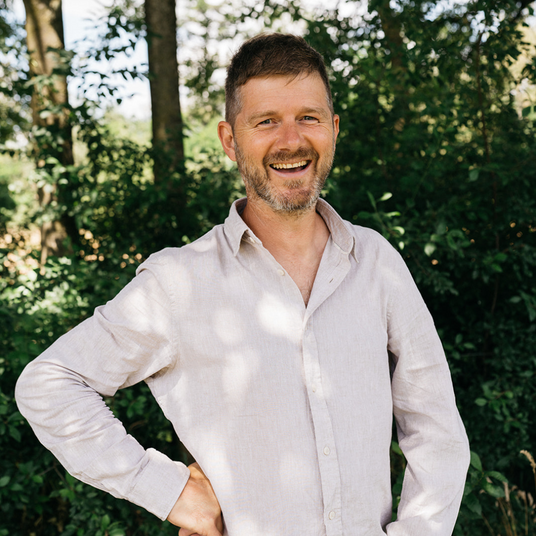
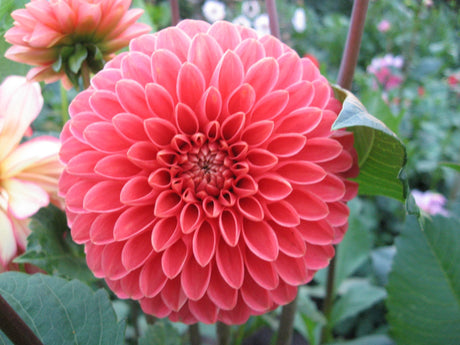
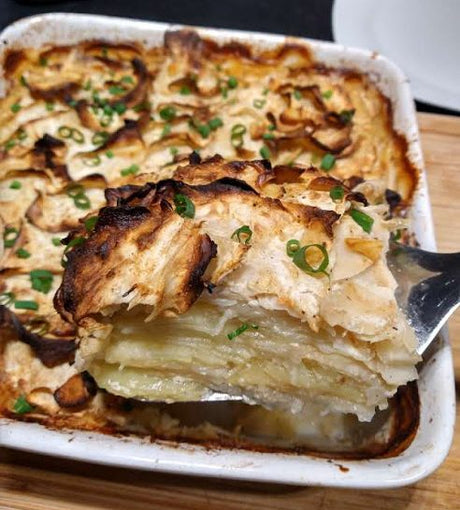

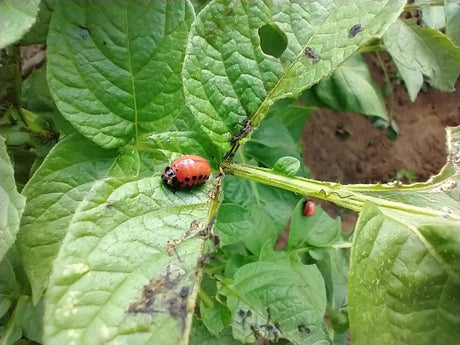

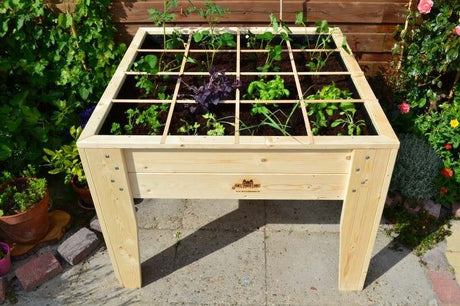
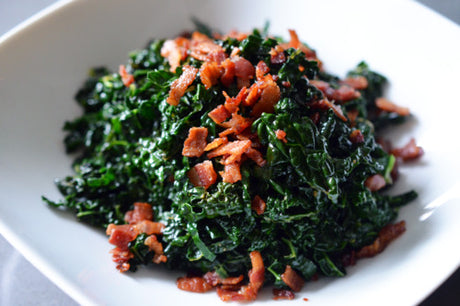
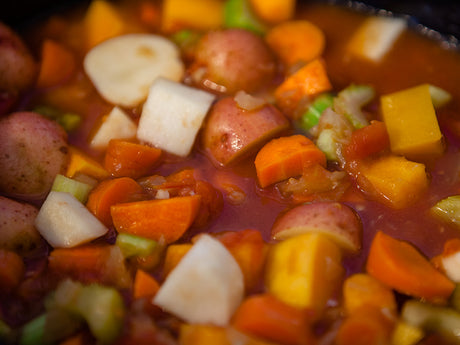
4 comments
Na juni de baden van de rabarber eraan laten of verwijderen?
Na juni de baden van de rabarber eraan laten of verwijderen?
rabarber: wat na juni met de stengels en bladeren? aan de plant laten of verwijderen
Beste, een vraagje, ik heb rabarber gezaaid, in bloempot (3)
Ik heb nu 3 mooi planten van zo een 15 cm
Mag ik die nu uitplanten buiten, of in de serre laten tot de herfst om ze te planten ?